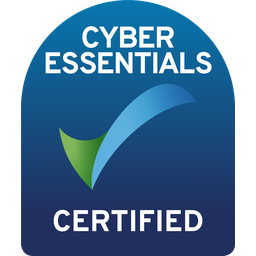

DORA Mandates and Requirements
on Internal Dependency Management
Introduction
This article outlines DORA’s requirements for internal dependency management, providing article references, extracts, and key actions to achieve compliance.
Governance and Oversight of ICT Risk Management (Article 4 and Article 5)
DORA Requirements:
Article 5(1) requires financial entities to establish and maintain a comprehensive ICT risk management framework, which must include processes for identifying and managing internal ICT dependencies.
Key Actions:
ICT Risk Identification and Assessment (Article 6)
DORA Requirements:
Key Actions:
Summary of Compliance Steps
- Governance: Establish oversight mechanisms to manage internal dependencies.
- Inventory and Classification: Maintain an up-to-date inventory of internal ICT dependencies and classify their criticality.
- Risk Assessments: Conduct regular assessments of internal systems and dependencies.
- Monitoring and Testing: Implement continuous monitoring and periodic resilience testing.
- Incident Response: Integrate internal dependencies into incident management processes.
- Documentation: Maintain comprehensive documentation to support audits and regulatory reviews.
- Criticality Focus: Apply the proportionality principle to ensure critical dependencies are prioritised.
Relevant DORA Articles Summary
|
Article |
Key Focus |
|
Article 4 |
Governance and oversight of ICT risk management. |
|
Article 5 |
Development of ICT risk management frameworks, including internal dependency management. |
|
Article 6 |
Identification and assessment of ICT dependencies and associated risks. |
|
Article 10 |
Continuous monitoring of ICT risk management frameworks, including dependency management strategies. |
|
Article 11 |
Periodic resilience testing for critical dependencies. |
|
Article 14 |
Incident management processes for internal dependency disruptions. |
|
Article 15 |
Reporting of major ICT incidents linked to internal dependencies. |
|
Article 16 |
Documentation requirements to demonstrate compliance with DORA mandates. |
Conclusion

HEAD OFFICE
-
ICTTF Ltd
ICTTF House
First Floor Unit 15
N17 Business Park
Tuam, Co Galway
H54 H1K2 -
info@icttf.org
support@icttf.org -
+353 (0)1 905 3263


